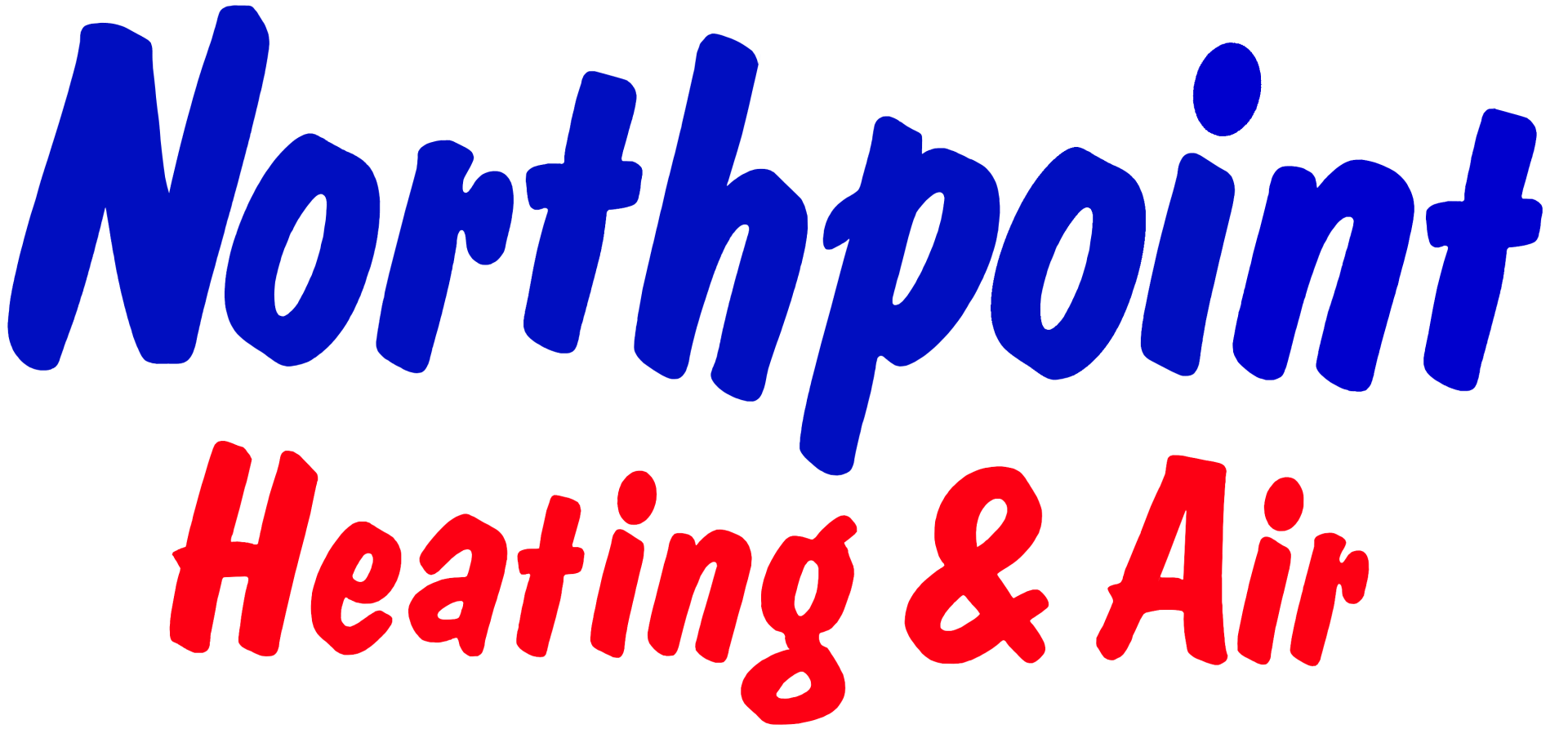How Everything Works
Educating you on all things HVAC.
Central Cooling
What it is…
The most common central cooling system is a split system, which includes an outdoor cabinet containing a condenser coil and compressor, and an indoor evaporator coil, usually installed in conjunction with your furnace or air handler. The compressor pumps a chemical called refrigerant through the system.
How it works…
Once warm air inside your home blows across the indoor evaporator coil, its heat energy transfers to the refrigerant inside the coil. That transfer, in turn, “cools” the air. The refrigerant is pumped back to the compressor where the cycle begins again. The heat absorbed by the refrigerant is moved outside your home while cooled air is blown inside. Moisture that contributes to humidity is also condensed out of the air.
Your cooling system is usually combined with your central heating system because they share the same ductwork for distributing conditioned air throughout your home.
Central Heating
What it is…
Central heating systems have a primary heating appliance, such as a furnace, typically located in your basement or garage. All furnaces consist of four main components: 1) burners that deliver and burn fuel, 2) heat exchangers, 3) a blower and 4) a flue that acts as an exhaust for gaseous by-products. Depending on your situation, region and needs, you can choose from heating systems running on either gas or oil as fuel, or a hybrid packaged system that can use both fuel types.
How it works…
Combustion gases are generated by the burners in your furnace and passed over a heat exchanger. Air from your home blows across the heat exchanger to be warmed. It is then blown through a system of ducts to distribute around your home.
During warm seasons your heating system works with your central air conditioning. Air is cooled as it’s blown over your air conditioning unit’s cooling coil, often attached to the exhaust of the furnace, and then sent over the same air ducts throughout your home.
Heat Pump
What it is…
A heat pump is an all-in-one heating and cooling system. It heats a home in winter and then cools it in summer. A typical heat pump installation consists of two parts: an indoor unit called an air handler and an outdoor unit similar to a central air conditioner. A compressor circulates refrigerant that absorbs and releases heat as it travels between the indoor and outdoor units.
How it works…
What kind of magic does a heat pump perform to both heat and cool your air? Think of a heat pump as a heat juggler. Even in air that’s below freezing temperatures, heat energy is present. When it’s cold outside a heat pump extracts this outside heat and transfers it inside. When it’s warm outside, it reverses directions and acts like an air conditioner, removing heat from your home.
One advantage of a heat pump is that it moves heat instead of generating heat, giving you more energy efficiency. Also, it is powered by electricity, so you can save substantially on fuel consumption. For example, a Lennox XP 21 or American Standard Heritage 20 heat pump is among the HVAC industry’s most efficient, with a rating up to 19.00 SEER and 9.0 HSPF.
Note that heat pumps are best for moderate climates, and a supplemental heating source may be needed for lower temperatures.
Packaged Heating
What is it…
Packaged systems offer a more minimalist approach to heating and cooling. The system contains the same components as your typical split-system—the evaporator, condenser, compressor and more—all working together in one space-saving unit. Packaged units are typically installed outdoors at ground level or on the roof, making them versatile for both horizontal and down-flow designs.
How it works…
Packaged systems have been carefully engineered to give you all of your heating and cooling equipment in a single cabinet. Depending on your weather situation and energy needs, you can choose from four types of packaged systems, each working differently:
Heat pump packaged systems that both heat and cool your home
Air conditioner packaged systems that offer cooling solutions for warmer climates
Hybrid fuel packaged systems that work as a heat pump, but can also provide gas heating for greater flexibility
Gas/electric packaged systems that can switch from electric air conditioning to gas heating to give you more fuel options


